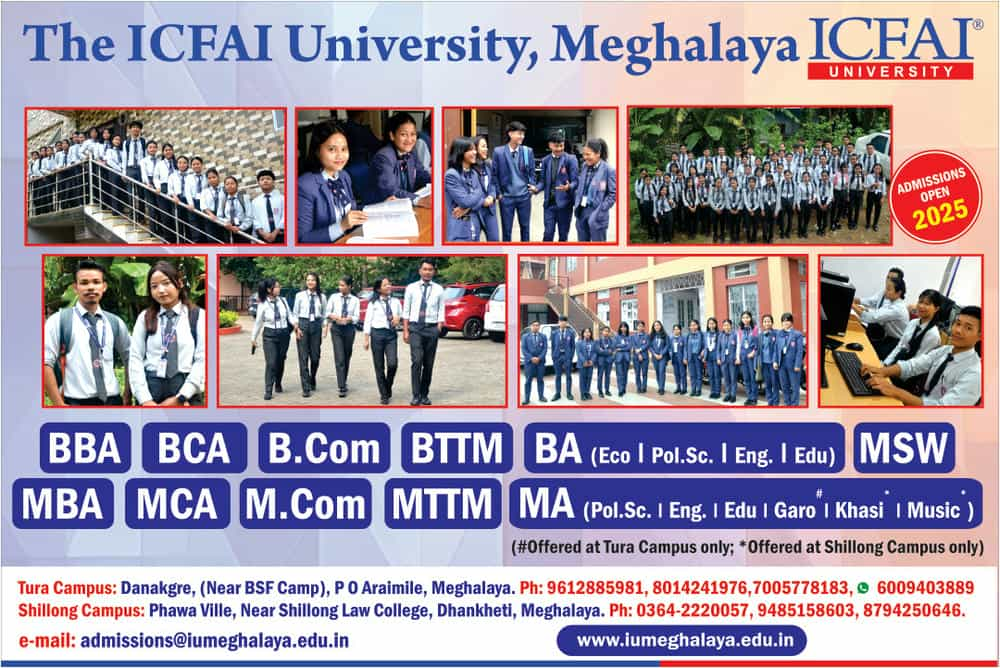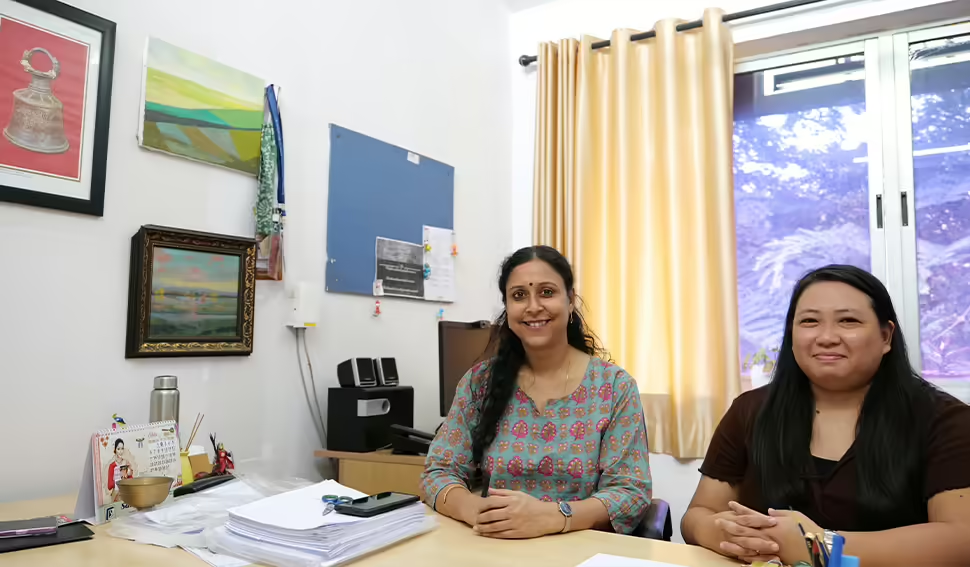IIT Guwahati research challenges assumptions on cultural context in bilingual comprehension

The Indian Institute of Technology (IIT) Guwahati conducted a study that challenges common assumptions about bilingual comprehension, particularly within non-Western and non-immigrant communities. The research provides new insights into how bilinguals process language, highlighting the significant influence of cultural cues.
One of the key findings of the study is the importance of understanding the socio-cultural and interactional contexts in which bilingual individuals operate. This suggests that bilingual comprehension cannot be fully understood without considering the cultural environments people are immersed in. The study also points out different types of bilingualism, indicating that the way people understand and use two languages varies depending on factors such as the degree of exposure, social interactions, and cultural influences.
The study focuses on how cultural cues affect the translation process between first and second languages across different age groups. By moving beyond the typical emphasis on Western, Educated, Industrialized, Rich, and Democratic (WEIRD) populations, this research provides a more inclusive understanding of bilingual experiences in non-Western settings.
The findings have been published in the prestigious journal Poznan Studies in Contemporary Linguistics published by Mouton De Gruyter and co-authored by Prof. Bidisha Som and her research scholar, Dr. Opangienla Kechu, from the Department of Humanities and Social Sciences at IIT Guwahati, along with Prof. Luis Benites and Prof. Rocío Maehara from Universidad del Pacífico, Lima, Perú.
Highlighting the significance of the research, Prof. Bidisha Som stated, “This research has significant implications for fields like education, healthcare, and customer service, where multilingual communication is common. By understanding how cultural familiarity or mismatch influences comprehension, educators can design more effective bilingual programs tailored to students’ backgrounds. Similarly, healthcare professionals and translators can leverage these findings to enhance communication in diverse settings.”
In the study, participants completed a task where they identified whether word pairs from the Rongmei and Meitei languages were correct translations. Before seeing the second word, they were shown cartoon images of individuals dressed in traditional Rongmei or Meitei attire, or neutral outfits such as jeans and t-shirts. The study utilized E-Prime 3.0 software to measure the speed and accuracy of participants’ responses.
The aim was to investigate whether cultural cues influenced performance in a translation word recognition task and whether factors like age, living conditions, or translation direction affected the results. Interestingly, the study found the effect of culture cues despite the cultural and geographical proximity of the two communities studied. The study also found that age played a very important role with faster response time among younger participants suggesting that culture cues may become less salient in populations where bilingualism and biculturalism are a routine part of life. The researchers suggest that in societies where switching between languages and cultures is commonplace, these differences may become less pronounced during language tasks.
Discussing the key findings, Prof. Bidisha Som remarked, “This study is crucial because it adds to the current assumption that cultural context always plays a significant role in bilingual language processing. In communities where bilingualism and biculturalism are the norm, cultural cues appear to matter less in language comprehension; however, that too is dependent on other subtle cues in the environment.”
In multicultural societies, this research can aid in reducing communication misunderstandings, ultimately enhancing social integration and cognitive development for bilingual individuals.

Leave a Reply